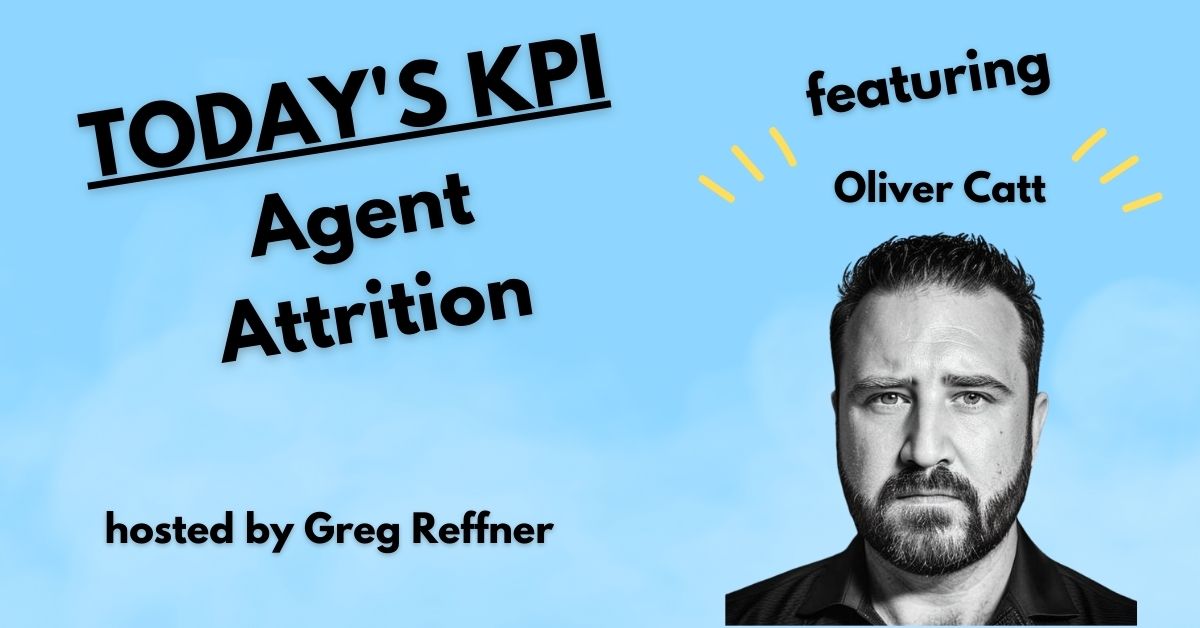If you’re a collections leader struggling to retain talent, increase collections, or balance budgets, collector compensation may be at the core of your challenges.
The compensation conversation isn’t just about hourly rates or commission checks. It’s about incentives, digital disruption, retention strategy, and long-term scalability.
This post breaks down the current trends in collector compensation with specific insights into what’s working across the financial services industry.
TL;DR: 9 Fast Takeaways
- $14–$17/hour is the entry baseline. Experienced collectors can earn $35–$40/hour.
- Commission should make up 20–30% of total compensation for most.
- Let collectors choose hourly vs. commission-heavy pay—many switch when they see the upside.
- Don’t cap commissions. Top earners drive profitability.
- Remote work doesn’t reduce pay if you track outcomes instead of hours.
- QA penalties are trending. Compliance issues often reduce bonuses.
- Self-serve payments aren’t commissionable unless collector-initiated.
- Perks matter. Flex time, spot bonuses, and peer recognition boost morale.
- High turnover? Your first sign that compensation isn’t competitive.
What Collectors Are Really Making
The baseline hourly rate for entry-level collectors in most markets has risen.
In financial services, starting pay averages $15/hour. Mid-level collectors can expect $18–$20/hour, while top performers can earn up to $95,000 annually when commissions are factored in.
Training and fast-track ramp-up programs often accelerate commission growth and reduce attrition.
The Commission Balancing Act
A 70/30 or 80/20 split between base pay and commission is common across financial services.
Many firms now offer a choice between higher hourly pay or a stronger commission multiplier. Over time, most collectors opt for more performance-based comp once they understand the earning potential.
How The Sliding Scale Commission Works
Instead of fixed percentages, some orgs use progressive commission models:
- Collect $10,000 in fees = 3% commission
- Collect $20,000 = 4%
- $30,000+ = 5%
This approach increases motivation and sustains performance momentum.
QA and Compliance
QA metrics and regulatory compliance are no longer siloed from compensation, they’re essential components. Companies are integrating QA scorecards into monthly evaluations, often using a point or tier system.
You can steal these ones.
A collector with a clean record might earn an additional bonus tier, while repeat compliance issues (such as missed disclosures or call quality infractions) can result in commission deductions.
Larger agencies are also tying compliance to performance reviews, with thresholds that impact eligibility for raises or promotions.
This approach not only enforces policy but reinforces a culture of quality.
But remember, we don’t want to weaponize metrics. Listen to how Ali Joseph breaks it down.
Commission on Digital Payments
As consumer preferences shift toward self-service payment portals, the way companies define and reward collector involvement has evolved.
If a collector’s prior outreach (ex: phone call or SMS) initiated the payment, many firms still assign them commission credit.
However, if a payment occurs without any human interaction, it’s often categorized as “house money” and excluded from incentives. Some organizations also use attribution logic in their CRM or dialer systems to determine ownership.
Clarity is key: firms must communicate rules around attribution to avoid frustration and maintain trust.
Remote Work
Remote collections are now normalized, but with new challenges. Productivity measurement relies more heavily on CRM activity, logged interactions, and success metrics like the contact-to-commitment ratio.
Some companies are building dashboards that score collectors daily based on:
- Number of contacts
- Payment commitments
- QA compliance
Organizations are also investing in remote training infrastructure, virtual classrooms, learning modules, and live coaching.
This ensures new hires onboard faster and get feedback earlier in their ramp period.
Check out more details about managing remote workers here.
The Power of Perks
Financial services firms are leaning into creative, low-cost motivators.
Examples include:
- Gamified performance boards where top collectors win PTO, lunch stipends, or gift cards.
- Perfect attendance bonuses (ex: 1–2% commission uplift)
- Recognition platforms that let peers award each other small bonuses or shoutouts
These perks reinforce culture and reduce burnout, especially during high-stress billing cycles or seasonal spikes.
Digital Collections
With chat, email, and automated messages becoming key contact channels, some agencies are hiring for digital-first roles.
These require a different skill set:
- Clear writing
- Typing speed and accuracy
- Understanding of tone and compliance in written interactions
Pay for digital agents may include tiered bonuses based on handle time, volume, or customer satisfaction scores.
Some teams also route digital interactions to experienced skip tracers or support staff who have excelled at multitasking.
Legal Collections = Higher Stakes, Higher Pay
Collectors working on legal files handle accounts in litigation or requiring legal prep.
These are often:
- High balance accounts
- Complex cases requiring documentation
- Subject to strict regulatory rules
Because of this, these roles often come with premium pay or higher bonus ceilings.
Additionally, experienced legal collectors may have different targets (ex: fewer touches but higher dollar recovery).
Companies are beginning to split compensation frameworks: one for routine recovery, another for litigation support, and legal files.
How to Know If You’re Paying Right
Aside from turnover, here are signals your comp strategy may need adjustment:
- Candidates ghosting after the offer stage
- Underperformance despite high effort
- Rising wage pressure from competitors (check local postings)
Consider running anonymous internal surveys quarterly to gauge how fair collectors perceive their compensation.
Many firms also use exit interviews to benchmark against regional trends and gather intel on competitors.
Other resources for attrition concerns
What Not to Do: Common Compensation Pitfalls
Even experienced operations leaders can fall into traps when designing or revising compensation plans.
Here are some strategies to avoid:
- Don’t Cap Commission: Capping commission discourages high performers and limits potential earnings.
- Don’t eliminate commissions entirely. Agencies that attempted to shift to high hourly pay with no performance bonuses saw significant drops in productivity and morale.
- Avoid one-size-fits-all collector compensation. Not all collectors are motivated the same way. Removing flexibility (ex: forcing everyone into the same base/commission ratio) leads to disengagement.
- Don’t delay ramp-up incentives. If new hires wait too long to see commission checks, they’ll likely leave. Pay models should support early wins.
- Be cautious with ‘house money’ incentives. When digital portals collect payments with no human interaction, clearly separate them from agent-compensated interactions, or risk resentment.
- Don’t underestimate training costs. Shifting to remote or digital-first models without supporting training and QA oversight increases non-compliance and underperformance.
- Never ignore attendance. Absenteeism late in the month, right when bonuses are earned, hurts team results. Consider incentives tied to perfect attendance.
Final Word: Compensation Isn’t Static
Pay strategies from five years ago won’t cut it today.
As automation rises and digital engagement grows, collector compensation plans must be flexible, performance-driven, and compliance-aligned.
Rethinking your collector pay model could be your biggest driver of operational efficiency this year.
Prioritize results. Reward skill. And don’t limit your earners.


